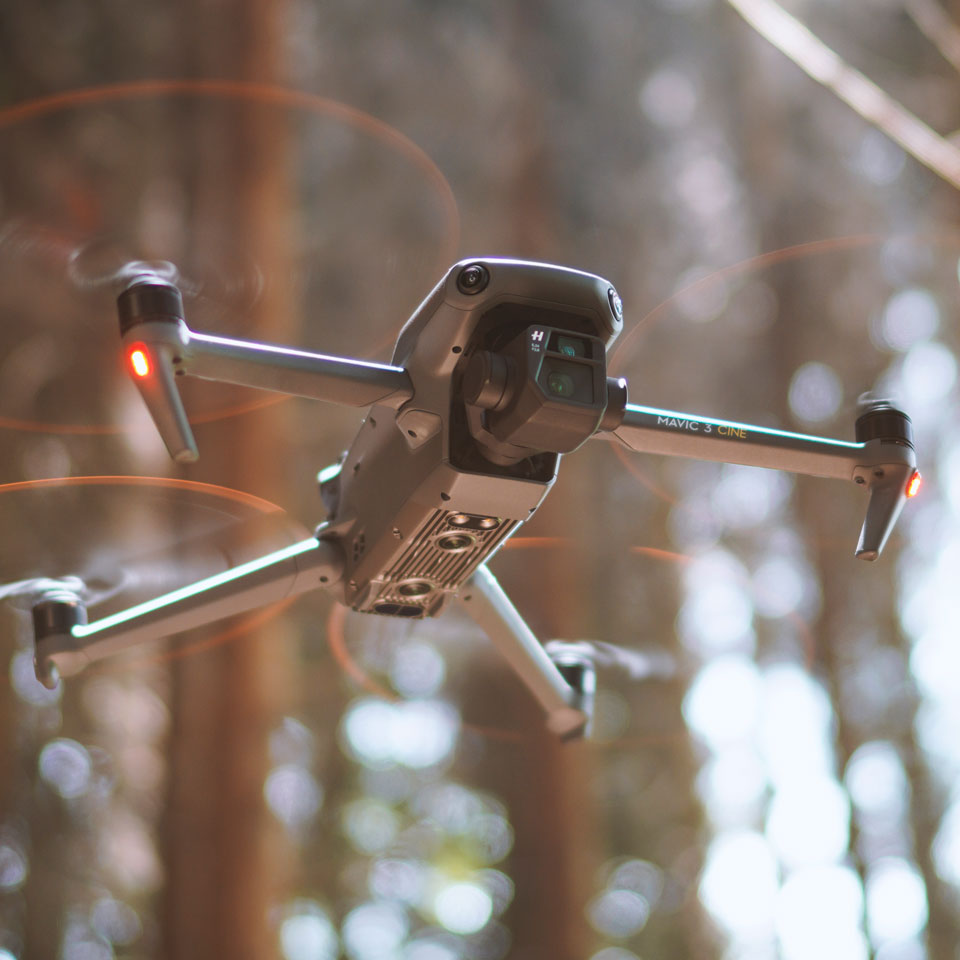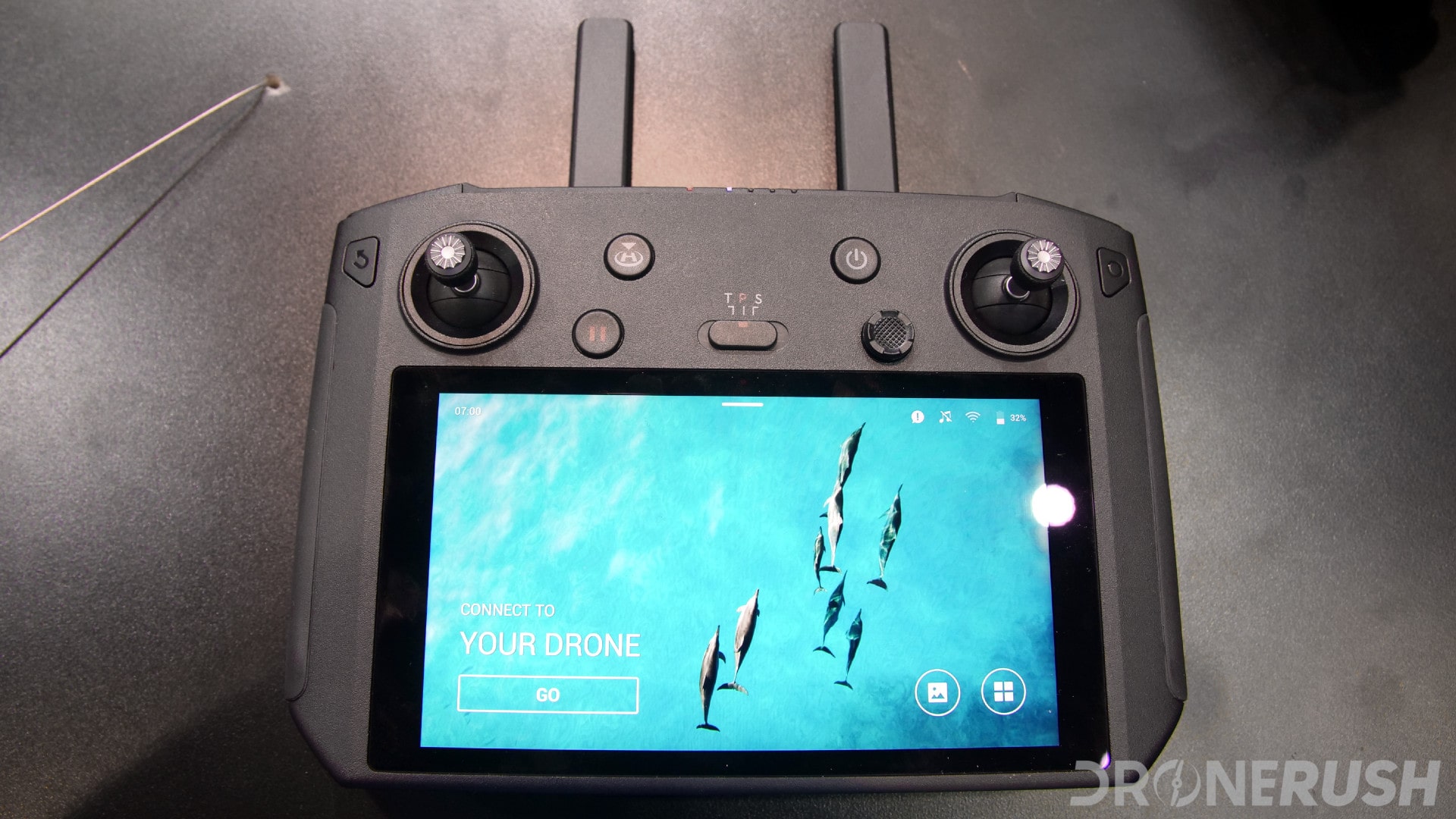
Be aware of the factors that may affect your experience with a drone before you go out to purchase one. These factors include the range and stability factor, as well as the camera. Additionally, you should consider your budget as well as the type of drone that you desire to buy. Remember that you don’t want to buy just any drone. Learn more about these factors in our buying guide. You can also read our drone reviews to learn what other users think about these brands.
Stability factor
Stability is a key consideration when purchasing a drone. This is especially true for aerial photography and video. Generally, the more stable your drone is, the better your images will be. There are many ways to increase drone stability. Below are some tips that will help you determine which drone is right for you. Stability is key to capturing photos and videos.
Range
While flying your drone is a pleasure, it can lose its signal when it moves too far away from its range. In addition, weather conditions such as heavy winds or sudden bursts of rain can throw the drone out of control. You have several options to prevent your drone from going out of range. First, make sure you update the firmware for your transmitter or controller so it conforms to the CE and FCC recommendations. Next, you can add an antenna extender or better receiver. This crucial decision is not to be taken lightly.
Camera
You should understand your goals before you purchase a drone equipped with a camera. You can use the footage for your business promotion or social media presence. Although it is tempting to buy a cheap drone to have fun, make sure you are getting value for money. It is vital to have a camera for aerial photography. Spend some time learning how it works. Even if you have taken a few photos of amazing locations, you may want to purchase a professional-grade camera.

Price
There are many things to take into consideration when deciding the price of a drone. There are many different drones available. They are then grouped by price. You might choose the cheapest drone if you're just getting started with drones. A larger drone can hold larger cameras and is better suited for professional video production. Also, these drones are usually quite expensive. Make sure to evaluate the features and capabilities you need.
FAQ
Can I fly my drone within my local park
Yes, drones are allowed to fly in parks across the globe. However, some countries do not allow flying drones at parks due to safety concerns. Check out our list of places where you can legally fly drones for fun.
Can I fly my drone around my area?
Yes! These are called UAVs, or unmanned aerial vehicles. There are many options for drones, from small quadcopters to larger fixed-wing aircraft. New rules have been issued by the FAA regarding commercial use of UAVs. This means that you can legally fly them for business purposes. But, it is important to note that UAVs being flown near airports can interfere with air traffic control systems. Before you operate one, you need permission from local authorities.
Do I require special training to fly a drone
No, you don’t have to learn any special skills in order for your drone to fly. You only need a remote controller unit and basic knowledge about flight mechanics.
Do drones fall under the control of the FAA?
The FAA supervises all aspects related to drone operations, including certification requirements and safety standards.
What laws govern flying drones in the United States?
In the United States, the Federal Aviation Administration (FAA) regulates all aspects of drone operations. First, you need to obtain a FAA certificate in order to operate a drone commercially. First, you need to take a course about piloting and pass an exam. Final, you will need to pay a fee.
Statistics
- According to Indeed, a drone pilot gets paid $25.73 per hour on average in the US. (dronesgator.com)
- According to ZipRecruiter, the minimum hourly wage of drone pilots is $20. (thedroneu.com)
- Research and Markets predict a growth rate of 51.1% over the next five years. (thedroneu.com)
External Links
How To
How to Fly Drones with Beginners
A drone is an unmanned aerial vehicle that can be remotely controlled and used for surveillance, aerial photography, film production, research, and other hobby purposes. The technology behind drones has been around since World War II. DJI introduced their Phantom series of quadcopters in 2010, but commercial use only began in 2010. Many types of drones have been made available since then, from beginner-friendly models such as the Parrot AR Drone 2.0, to high-end multi-rotor craft such as the DJI Mavic Pro.
There are many methods to fly a Drone, including
-
Remote control - This method uses a control device attached to your hand, which enables you to steer the drone through its flight path. There are two types of controllers available: joysticks and on/off switches.
-
Manual Control - This method uses a smartphone app to remotely control the drone using GPS coordinates. The app will provide instructions and help you to locate the drone.
-
Autonomous Flight – This is when the drone handles all the piloting tasks. It's basically flying autonomously without any human intervention. It must have a builtin camera, sensors capable of taking images and data to enable autonomous flight.
-
Triggered Flight: This is similar in concept to manual control. The pilot manually creates a route and the drone then follows it until it reaches that endpoint. Once the programmed route is completed, the drone lands automatically and returns back to the base.
-
Landing Gear: Some drones have landing gear that allows them safely to land in case they lose power or run low on battery.
-
Goggles - Pilots may wear goggles to shield themselves from flying debris.
-
Camera - Certain drones come with cameras that allow you to take photos and videos from high above.
-
Obstacles. Some drones can have obstacle avoidance technology that stops them from hitting obstacles.
-
Speed - Some drones can travel at speeds over 40 mph.
-
Battery Life – Most drones will last 20 minutes to three hours depending on how powerful they are.
-
Some drones are capable of traveling up to 30 miles depending upon their make and model.
-
Power source: Some drones will require an external power source while others can be powered by internal batteries.
-
Weight - Some drones have a weight of less than 1 pound and others weigh 4 lbs.
-
Size - From small drones that can be carried in the palm of one's hand to larger drones that weigh over 50 pounds, drones come in a variety of sizes.
-
Price – All drones fall into a price category. These range from expensive models that cost thousands to affordable options that start at 100 dollars.